Mallards are incredibly common ducks that can be found across the northern hemisphere. These waterfowl are easily identifiable, particularly the males. With bright green heads, a male mallard is hard to miss! Read on to learn about the mallard.
Description of the Mallard
Male and female mallard ducks have drastically different colorations. Male mallards, known as “drakes,” have bright green heads, yellow beaks, cream-colored bodies, and dark brown chests. Female mallards, simply known as “ducks,” or “hens,” are much more demure in coloration. They are light brown across their entire bodies, with dark brown mottling from the neck down.
Interesting Facts About the Mallard
Because they are so incredibly common, the most common duck in North America, mallards tend to be overlooked by the general public. Mallards are actually incredibly interesting animals.
- Bread can Equal a Death Sentence – While many people believe that it is harmless to toss breadcrumbs to ducks in the park, this can actually be incredibly detrimental to their health. Bread has very poor nutritional value, and fills up the duck, keeping it from foraging for healthy foods. Eating too much bread can cause angel wing in ducks, which causes the bones to twist during growth, and inhibits flight. Instead of feeding bread, feed ducks lettuce, corn, peas, or birdseed.
- Prolific Population – Mallards are the most common duck in North America. In fact, researchers estimate that there are over ten million adult mallards in North America alone!
- High-Powered Hatchlings – Mallard ducks lay 8-13 eggs per clutch, and when the ducklings hatch they are capable of swimming immediately. The ducklings will diligently follow mom into the water soon after hatching. They will remain with mom, but search for their own food.
- Duckling Diet – Mallard ducklings have tastes that differ from their adult counterparts. While adult mallards have an omnivorous diet, and feed frequently on vegetation, ducklings are insectivores. They will not begin to eat vegetation until they approach adulthood.
Habitat of the Mallard
Mallards are incredible survivors, and can adapt to a wide range of habitats. They can be found from Arctic tundra habitat, to man-made water bodies. They inhabit both fresh and saltwater wetlands, lakes, rivers, streams, inlets, and estuaries. Mallards prefer water that is less than three feet deep, and which has plenty of aquatic vegetation to feed on.
Distribution of the Mallard
In the Northern Hemisphere, mallards can be found across an incredibly wide range. In North America they are found from Alaska to Mexico. Mallards are also found across most of Eurasia, the Hawaiian Islands, Japan, South Korea, and parts of Australia.
Diet of the Mallard
As omnivores, mallards eat a wide variety of food, from vegetation to small invertebrates. They commonly eat snails, slugs, beetles, flies, worms, shrimp, seeds, plant matter, and roots. The amount of vegetation or invertebrates they eat varies based on their nutritional needs. Females who are laying eggs eat significantly more animal matter, while non-laying females eat much more vegetation.
Mallard and Human Interaction
Humans very frequently hunt mallards. In certain populations or locations, hunting may cause slight population decline, but the overall population numbers are just so immensely huge that they aren’t seriously impacted. Because mallards are so versatile, they actually benefit from human development. Man-made water features give the ducks a place to live, while also removing many other animals that would compete with the ducks for resources.
Domestication
Not all mallards are domesticated, but there are large numbers of domesticated mallard ducks. Domesticated ducks are kept for meat production and breeding. Many varieties of domestic duck originated from mallard bloodlines.
Does the Mallard Make a Good Pet
Yes, but only if you can provide your mallard with a large water source. It is also important to purchase a domestic mallard, and ensure it does not escape into the wild duck populations.
Mallard Care
All ducks must be provided with a specialty diet that meets their needs. A commercially produced duck food will provide all the base nutritional needs, and natural vegetation and insects can supplement their diet. All ducks should be provided with a water source for swimming and foraging. They are also eaten by a number of different predators, so you should provide your ducks with a safe enclosure.
Behavior of the Mallard
Outside of the breeding season, mallards remain highly social. They form large groups, which are also known as sords when the ducks are on the ground, and flocks when the ducks are in the air. Mallards also migrate, and take different paths depending on the population. During the winter, mallards will migrate south towards warmer climates.
Reproduction of the Mallard
The ducks pair off in the beginning of the breeding season, and remain together until the eggs are laid. The females incubate the eggs and raise the ducklings alone. Female mallards lay 8-13 eggs, and incubate them for nearly a month. Once the eggs hatch, the ducklings fledge in about two months.

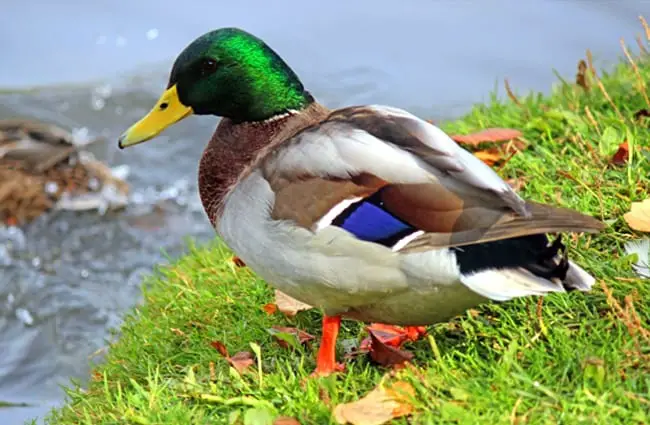

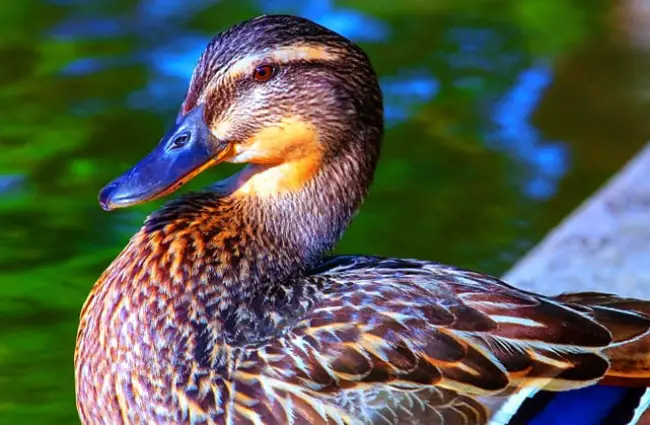


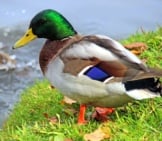

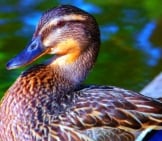

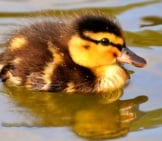
![Red Angus Closeup of a beautiful Red Angus cowPhoto by: U.S. Department of Agriculture [pubic domain]https://creativecommons.org/licenses/by/2.0/](https://animals.net/wp-content/uploads/2020/03/Red-Angus-4-238x178.jpg)












![Red Angus Closeup of a beautiful Red Angus cowPhoto by: U.S. Department of Agriculture [pubic domain]https://creativecommons.org/licenses/by/2.0/](https://animals.net/wp-content/uploads/2020/03/Red-Angus-4-100x75.jpg)

